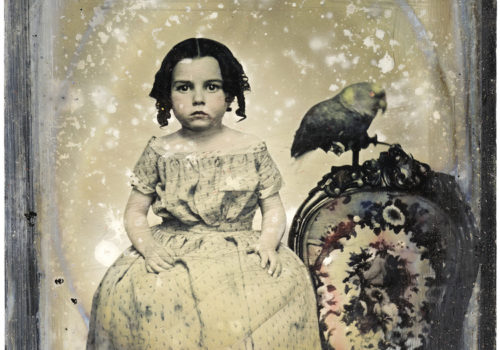I have known Charles Schwartz for 40 of my more than 42 years as a photography dealer. First, he was my best client, and then my wise consigliere for all issues business, and some things private. I met him when he took one of my Collector’s Seminars, which I have offered twice a year for these past 40 years. It helps collectors to understand what makes for value in photography, and Charles wanted to know about that, as he was preparing to spend a good deal of money on photographs in their various forms…both cased imagery and paper prints. The first thing I sold him was an exquisite half or quarter-plate Daguerreotype (I can’t remember which) of a leopard in a cage at the circus. He told me recently that he still had it. Charles owned the Elmhurst Dairy, a family business which provides New York with a third of its daily milk supply. A couple of years later he sold the dairy (which had been his, forgive me, cash cow) and really started to have fun… he became a dealer. I was losing a client, but gaining a colleague and friend.
Camera Obscura
A decade or so after selling the dairy, responding to his involvement with early photography, Charles decided to build an actual functioning camera obscura on top of the first level of his fabulous triplex penthouse apartment overlooking the Cooper Hewitt gardens and Central Park. It took years and a good “fixer” (Lisa Westheimer, who knew which strings to pull) to obtain all the city permits required to build such a quirky “add-on”. He had already managed to make himself president of his coop board, which cleared that approval path. He was a determined and sagacious fellow.
The camera obscura (which literally means ‘dark room’ in Italian) started off as just that – a whole room made dark against the light, save for a pin hole in one wall, later to be replaced by a lens to better gather and focus the light. This aperture permitted a thin beam of light to come into the room and provide a perfect projection of all the objects of the outside world on a wall, or better yet, a piece of drawing paper. The wall or paper was placed opposite the pinhole or lens which allowed the image to be studied or traced either physically or, later, photochemically. It was an image of the world, but removed from it, reduced in size and shown upside down. This arrangement separated what was seen from its original context.
For Charles Schwartz and Bill Westheimer, his partner in this endeavor, the camera obscura was a source of both imagery and fascination. Today that image is not simply used as a means of cataloging the whole obvious universe; today’s practitioners are more interested in using the images from the camera obscura as points of departure – reinventing the world by controlling the context, and focusing our attention on our relationship to it now, as well as referring to our experience and understanding of more historical image making. And history was indeed all around Charles as his office sat within the “camera” itself!
The variety of their work is so surprising, considering the simplicity of the camera obscura as a device; it is limited only by the imagination of those employing it. Its image continues to fascinate those who see it and use it, those artists who can bend its image to their will, as the lens bends light, into the stuff of the uniquely personal.
Light Reclaimed
Charles explains, ” For over 35 years I have collected daguerreotypes, ambrotypes and tintypes; small, intimate images from the 19th century that can be carried in a pocket and displayed at will. In collecting these images I usually looked for a perfect, flawless piece, but over time, especially at flea markets, I found myself drawn to boxes containing the undesirable – broken, scratched, partially destroyed images where the imperfections rather than ruining the object seemed to impart a greater beauty. This new way of looking at photography was intriguing. I kept these flawed treasures in a box and called them my orphans.” Eventually he started to scan his “orphans” and work back into them, emphasizing their new scale and their new meaning, without altering time’s hand on the object. They are really artist-less art… fortunately, they found a curator!
Charles Schwartz, A Memorial Exhibition: Camera Obscura & Light Reclaimed
February 4 – March 1, 2019
Alan Klotz Gallery
740 West End Avenue, Suite 52
New York, NY 10025
















